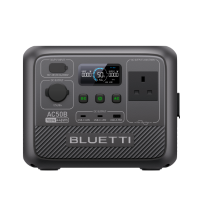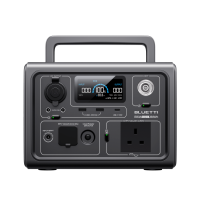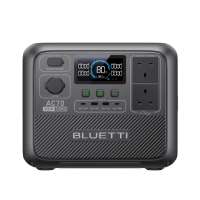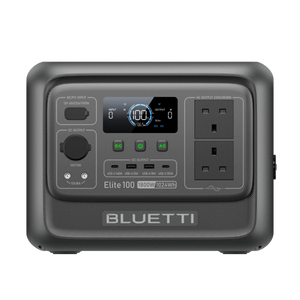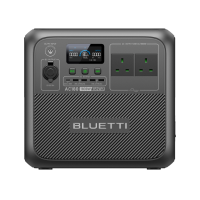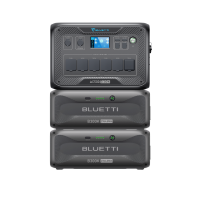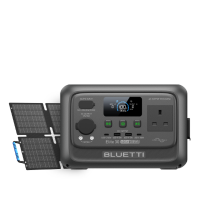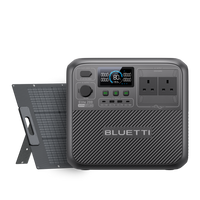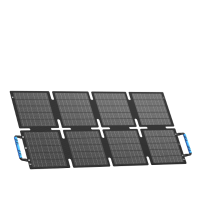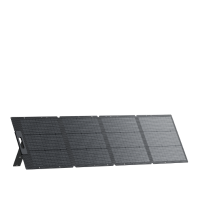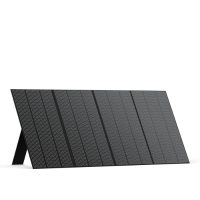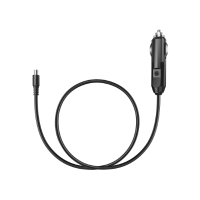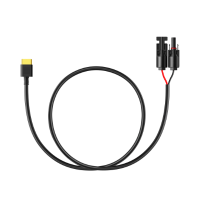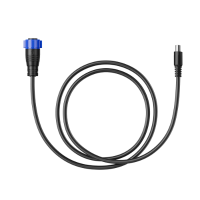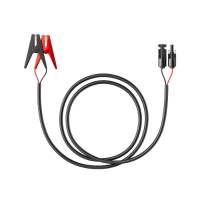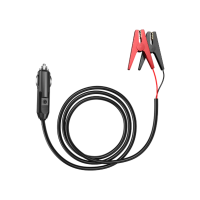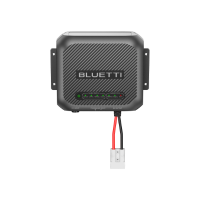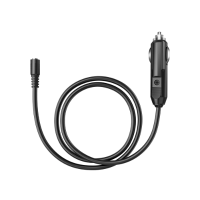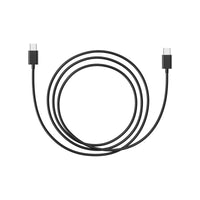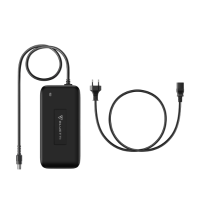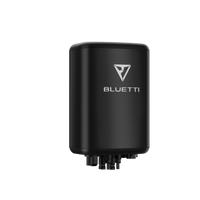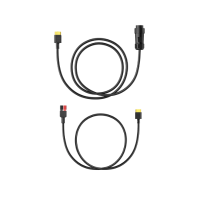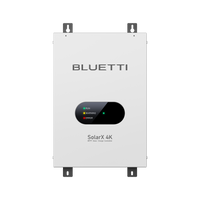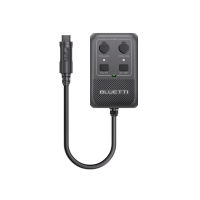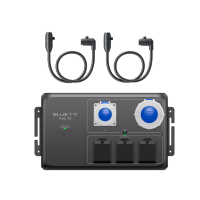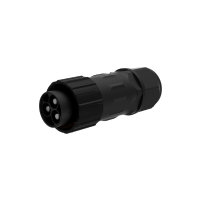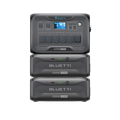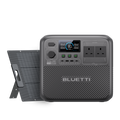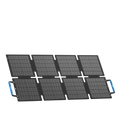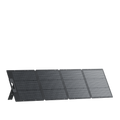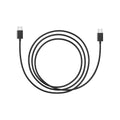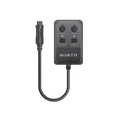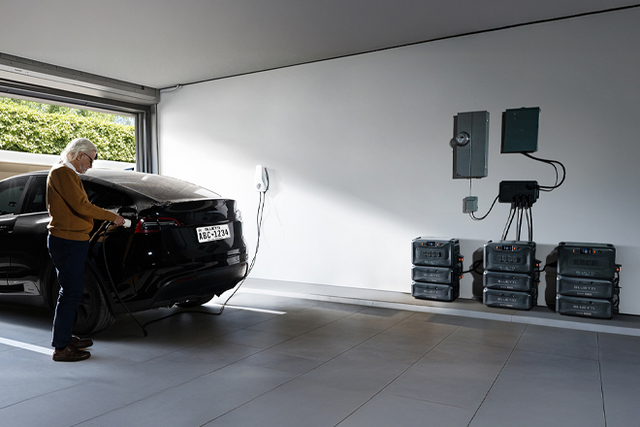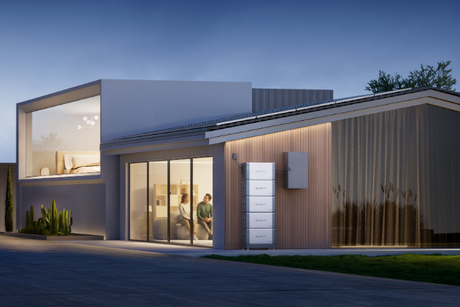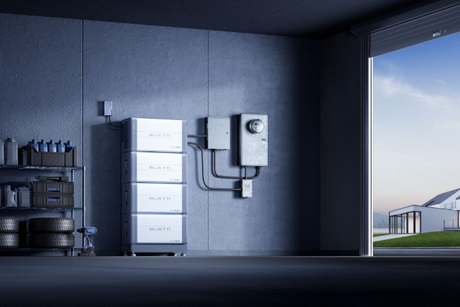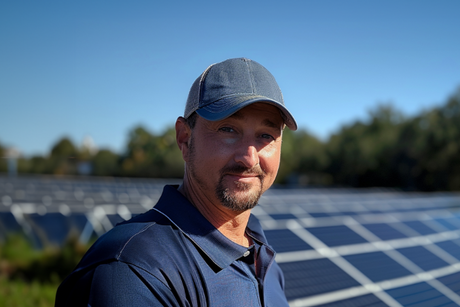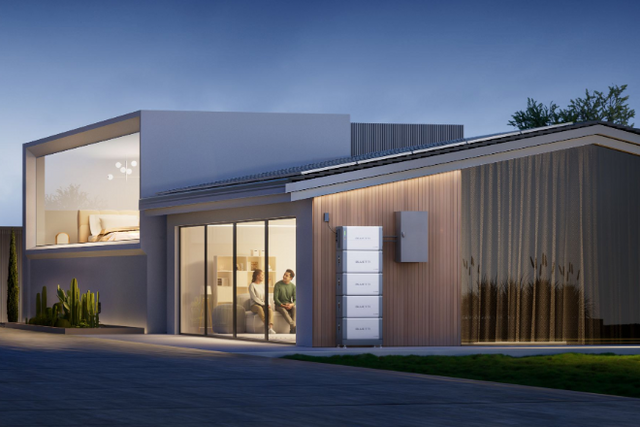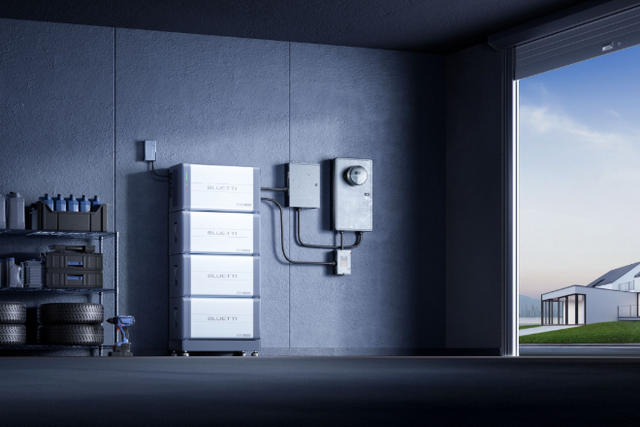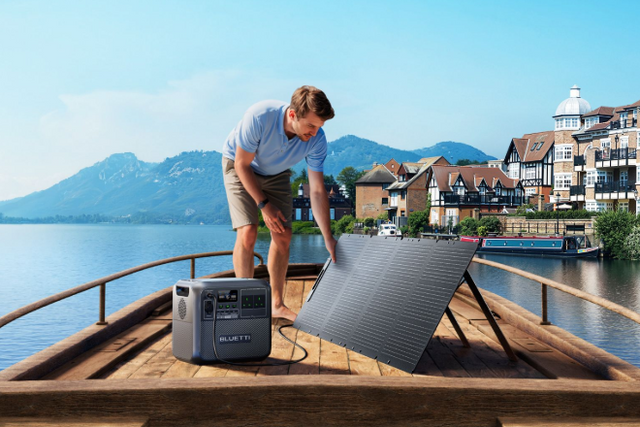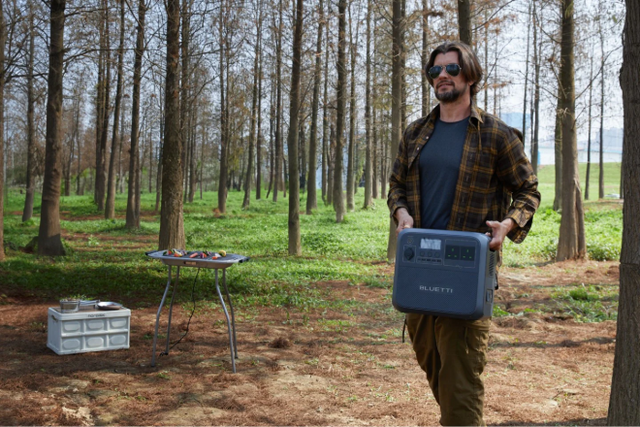Televisions have become a part of life as they provide both entertainment and a source of information. But have you ever considered how much electricity does television use? Understanding your TV’s power usage can help you save on electricity bills and make more energy-efficient choices.
This guide will explore how much electricity TV uses. Plus, this will include how much electricity a TV uses per day, hourly usage, standby consumption, and how different factors impact overall energy consumption.

How Much Electricity Does TV Use Per Hour?
The amount of electricity a TV uses per hour can vary widely depending on several factors. These factors include the TV’s size, type, and settings. TVs are typically rated in watts (W), which indicates the amount of power they consume per hour. For instance, if a TV is rated at 100 watts, it will use 0.1 kilowatt-hours (kWh) of electricity for each hour it’s in use. To calculate how much this costs, you can multiply the hourly kWh by the electricity rate your utility provider charges per kWh.
For example, if the rate is 15 cents per kWh, a 100-watt TV would cost 1.5 cents per hour to operate. Larger TVs or those with advanced display technologies, like OLED or QLED, may consume more power, increasing hourly usage. Adjusting settings such as brightness can also impact energy consumption. This makes it possible to slightly reduce the power needed per hour of viewing.
Factors Affecting Hourly TV Power Consumption
Several factors impact how much electricity does TV use per hour:
- Display Technology: LCD, LED, OLED, and QLED each have different energy demands.
- TV Size: Larger screens generally consume more power.
Settings: Brightness levels, sound settings, and other display adjustments can increase power usage.
Comparison of TV Display Technology and Power Consumption
Display technology significantly influences energy consumption. Below is a table comparing approximate hourly power consumption for a 55-inch TV using different technologies:
|
Display Technology |
Average Power Consumption (Watts) |
|
LCD |
80 - 120 W |
|
LED |
50 - 80 W |
|
OLED |
90 - 130 W |
|
QLED |
90 - 130 W |
As shown, LED TVs are generally the most energy-efficient for the same screen size, while OLED and QLED models tend to use more power due to their advanced picture quality.
The Impact of TV Size on Power Consumption
Screen size is another major factor in power consumption. Larger TVs, even with the same technology, use more energy due to the increased surface area and light output.
|
TV Size |
LED TV Power Consumption (Watts) |
OLED TV Power Consumption (Watts) |
|
32 inches |
30 - 60 W |
50 - 80 W |
|
43 inches |
50 - 70 W |
60 - 100 W |
|
55 inches |
70 - 100 W |
90 - 130 W |
|
65 inches |
80 - 120 W |
100 - 150 W |
TVs with larger screens use more electricity per hour, though advanced energy-saving features can slightly offset this.
How Much Electricity Does a TV Use When Turned Off But Still Plugged In?
You must be thinking how much electricity does a TV use when off? When a TV is turned off but remains plugged in, it often continues to draw a small amount of electricity. This is commonly known as phantom load or standby power. Standby power keeps certain features, like quick-start settings, remote control functions, and background software updates, ready to go without delay. While the electricity used is minimal, it can add up over time, especially in households with multiple electronic devices in standby mode.
For example, a typical TV in standby mode may consume anywhere from 1 to 3 watts per hour. This doesn’t sound like much, but over a year, it can lead to a noticeable addition to your energy bill. In some cases, depending on the model and brand, the standby power consumption could be slightly higher.
Consider unplugging the TV when it’s not in use to eliminate this standby power usage. Especially if you’re going on vacation or won’t be watching for extended periods, you must unplug. Alternatively, using a smart power strip can be a convenient solution. These power strips cut power to multiple devices when not in use, minimising standby consumption across your home. Making these adjustments helps reduce energy waste, save electricity costs, and benefit the environment.

Does TV Use a Lot of Electricity?
Whether a TV uses "a lot" of electricity depends on the type, size, and usage habits. On average:
- A standard LED TV might use around 100 kWh per year if used for four hours daily.
- Larger or older TVs—particularly plasma models—can consume significantly more, sometimes doubling or tripling the usage of a standard LED.
Tips to Reduce TV Power Consumption
If you’re looking to cut down on your TV’s power usage, here are some tips:
- Lower Brightness and Contrast Settings: Reducing these can save energy and extend the life of your TV.
- Use Energy-Saving Mode: Many TVs come with energy-saving modes that adjust the picture settings to use less power.
- Turn Off When Not in Use: This sounds simple, but turning off the TV when no one is watching can save a significant amount of energy.

Q&A
Q1: How much electricity does a TV use per day?
Daily electricity usage of a TV depends on its power rating and how long it’s turned on. For example, if a 100-watt TV runs for 5 hours a day, it would use 0.5 kWh daily.
Q2: Does unplugging a TV at night save electricity?
Yes, unplugging a TV at night can save a small amount of electricity by eliminating standby power usage. However, unless you’re also unplugging multiple other devices, the savings may be minimal over a short period.
Q3: How much electricity does a TV consume when it turns off?
A TV usually consumes between 1-3 watts in standby mode. While this amount is small, it can add up over time, especially if multiple electronics are on standby.Conclusion
TVs are essential for entertainment, but understanding how much electricity TV use can help you make smarter choices. Display technology, screen size, and usage habits, all play a role in determining your TV’s electricity consumption. While TVs are not the biggest energy users in most households, adopting power-saving habits and using alternative energy sources like the BLUETTI AC300+B300K+PV350 solar generator can help reduce their impact.
By making informed choices and being mindful of power usage, you can enjoy your TV while also being energy-efficient.
Shop products from this article
You May Also Like

Oven Power Consumption Explained: How Much Electricity Does Your Oven Use?
Have you ever thought about how much electricity your oven uses? What's the power rating in UK homes, or the associated cost with it? Discover some tips to reduce your...

Is the UK's Power Grid at Risk of Blackout?
Learning from Iberia's 14-hour blackout. With 40% renewable energy, Britain faces similar grid stability challenges. Discover how home energy storage solutions like BLUETTI provide critical backup power and enhance grid...
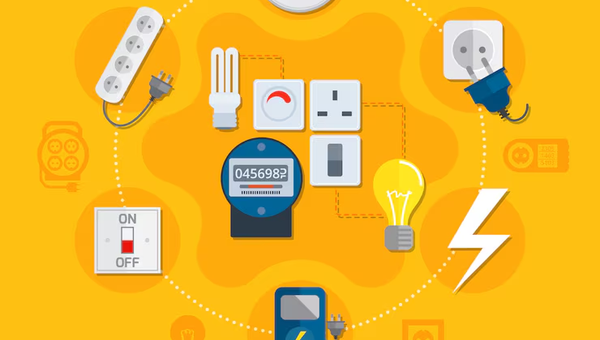
Average Power Usage per Day: A Complete Guide for UK Homes
The average power usage per day in UK homes is 8 to 10kWh. However, it depends on multiple factors. Monitoring and using reusable sources can minimise the daily usage. Let's...


